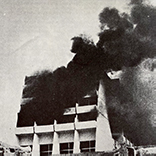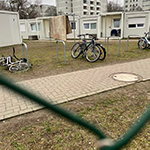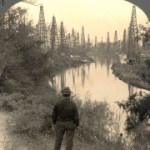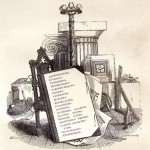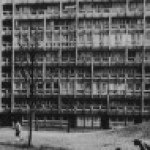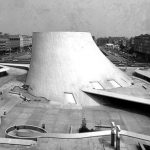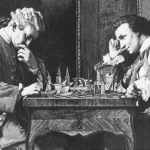Interest groups
The idea of special interest groups within the EAHN was formulated at the inaugural Business Meeting in Berlin, January 2006. The interest groups aim to address specific topics of international concern within the broad scope of the Network and reflect a variety of areas, such as topical subjects, architectural typology, historical periods, geographical frameworks or historiographical methodologies, but also practical interests such as funding and specific career stages or types.
EAHN interest groups operate predominantly virtually as they link members across institutions and geographies, but they come together regularly in real space, for example on the occasion of EAHN conferences. This ensures international access and facilitates networking outside of institutional boundaries, a core mission of the EAHN. They enable EAHN members to find, and collaborate with, scholars working on similar issues mapping out the expanded field of architectural history.
Interest groups are invited to arrange side events at the biennial International Meetings organised by the Network and are encouraged to propose an EAHN Thematic Conference in intermediate (odd) years. The groups are intended to reflect the developing interests of the Network and EAHN welcomes proposals from members for new interest groups.
Groups are invited to submit regular reports which are collated and published on the EAHN website. Besides this, Architectural Histories, the open access, blind peer-reviewed scholarly journal of the EAHN invites contributions from interest groups to its Field Notes, setting out the current state of the field they are interested in and their own work within it. Proposals for special collections in Architectural Histories are also warmly invited as are individual submissions for research articles.
On Vanished Buildings
This group aims to explore the relationship between architecture and its history and historiography when dealing with vanished buildings, considering the disappearance of architecture as an architectural and historical challenge.
Architecture History and Digital Humanities
The EAHN interest group aims to discuss emerging concepts and methodological capacities brought by new technologies for documenting, archiving, and researching the built environment.
Architecture and Migration
This working group focuses on the migration of people, objects and knowledge in the history and shaping of the built environment. Our aims are to compose new narratives of movement and to develop methodologies necessary to study the material places and spatial practices of migration and diaspora.
Architecture and Environment
The aim of this group is to (re)consider “environment” both as a central object of enquiry within architectural history and as a methodological framework that calls for re- thinking existing historiography whilst opening the discipline to closely related fields such as environmental and landscape history, geography, histories of science and technology, cultural studies and anthropology/material culture.
Building Word Image
This group aims at opening up word-image studies to the field of architectural history, in which it has so far only rarely been considered. This relatively new multidisciplinary area seeks to question old dichotomies between the verbal and the graphic.
Grant Collaborations
This group offers EAHN members the opportunity to informally link up with each other with the aim to apply for large collaborative grants, both national, European and international.
Women and Gender in Architecture and Urban Design
The Interest Group aims at critically exploring women’s contributions to architecture and urban planning throughout history, focusing also on gender as constructed in architectural and planning theory and practice.
Histories in Conflict
This interest group focuses on the history of cities in conflict, examining how eruptions of strife shape architectural histories, and reciprocally, how architectural history intervenes in the predicament of conflict. We interrogate the inextricable ties between the history of cities and urban conflict through several complimentary questions.
Housing
The EAHN interest group on Housing was created in 2012 after the second EAHN Conference in Brussels. The aim of the group is to discuss all issues related to the design, the construction and the transformation of houses and domestic spaces.
Latin America/Europe Exchanges
Postmodernism
“The cultural turn appeared in the social sciences in the early 1970s through historians, sociologists, and ethnographers such as Pierre Bourdieu, Michel Foucault, and Clifford Geertz, but didn’t influence architectural discourse until the 1990s predominantly via academics in East coast US universities.
Urban Representations
The Urban Representations Interest Group aims to explore, interrogate, contextualize, theorize, and pursue insights prompted by images of urban spaces. Our shared curiosities span historical and contemporary perspectives, ranging across various forms of static and moving media and various geographies around the globe.

